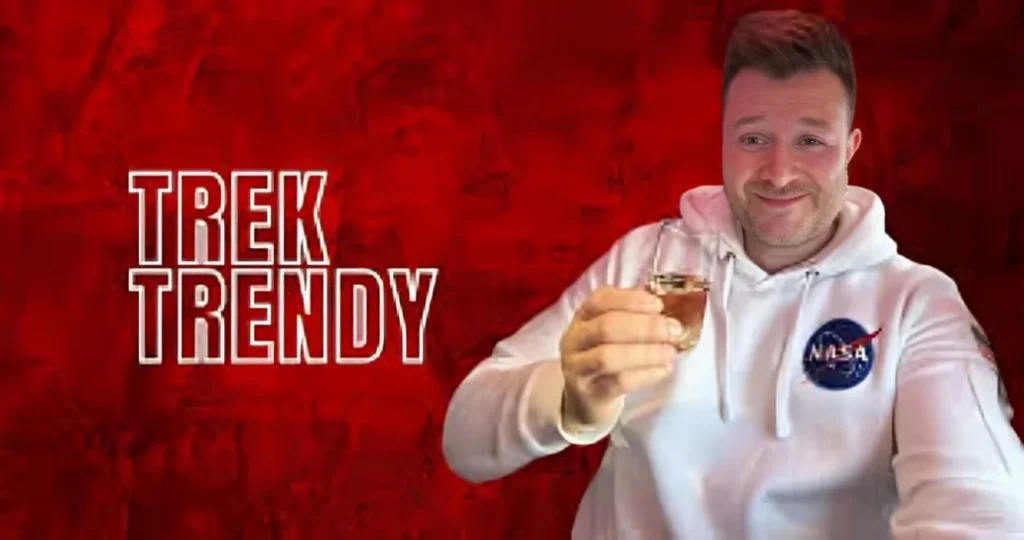The creative world is experiencing a revolution, and at the center of it lies the AI image generator. Imagine describing an idea in a few words and watching it transform into a stunning, unique visual within seconds. That’s exactly what these tools do: they take human imagination and supercharge it with the power of artificial intelligence.
Whether you’re a business owner looking for quick ad graphics, a student designing a school project, or simply a curious internet user experimenting with fun prompts, AI image generators are changing the way we think about creativity. But how do they work? What tools are leading the market? And can AI really compete with human designers?
Let’s dive deep into everything you need to know about AI image generators, their benefits, challenges, and their potential to reshape the future of digital creativity.
What is an AI Image Generator?
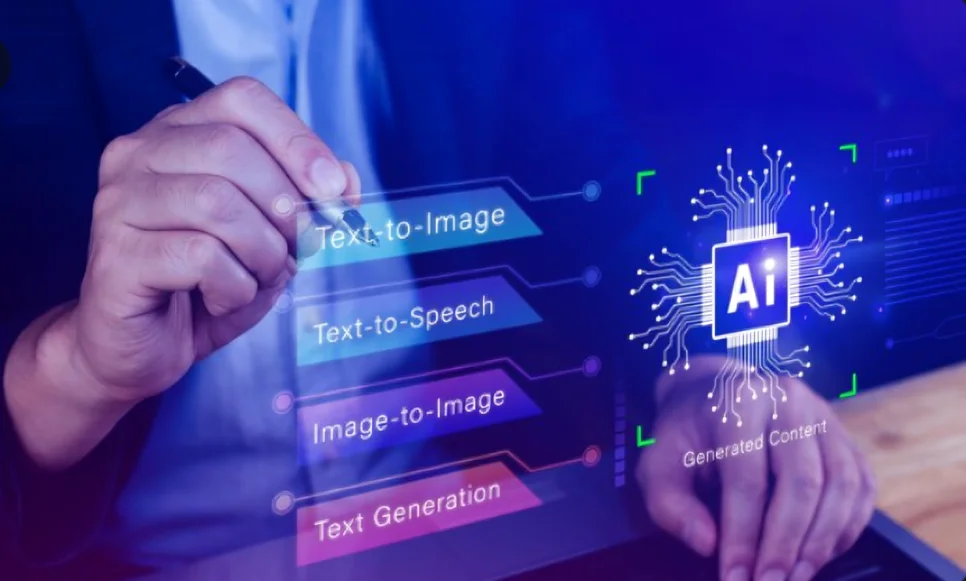
An AI image generator is a tool that creates visuals from text prompts. You type something like “a futuristic city floating in the clouds” or “a dog dressed as a king in cartoon style,” and within moments, the AI gives you a picture that matches your idea.
The secret lies in machine learning models trained on millions of images. Instead of copying, these tools learn to understand shapes, textures, and patterns to create brand-new visuals. This means the results are original and often surprisingly creative.
For people who don’t have design experience, this technology is a lifesaver. You don’t need Photoshop, Illustrator, or years of practice; you just need an idea and a few words.
Why AI Image Generators Are Trending
AI image generators are everywhere because they make creativity instant and accessible. In the past, if you wanted a custom graphic, you either spent hours making it or paid a designer. Today, you can generate five different versions of the same idea in under a minute.
They’re trending because:
- They save time – Instant results compared to hours of manual design.
- They’re affordable – Many free or low-cost tools are available.
- They spark imagination – The results often look more artistic or abstract than human-made art.
- They’re social-media friendly – People love sharing AI-created images online, fueling the trend.
Businesses, students, influencers, and even artists are now experimenting with AI art, pushing its popularity to new heights.
How AI Image Generators Work
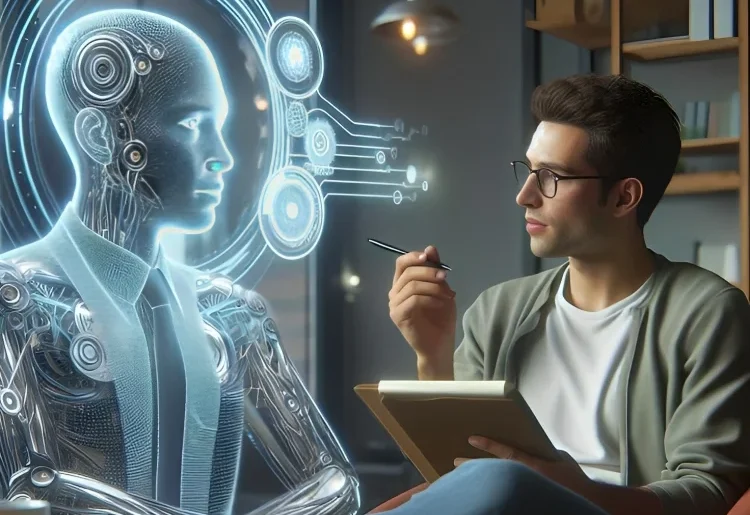
The Technology Behind AI Image Creation
AI image generators rely on deep learning and large datasets. These datasets contain millions of labeled images, which help the AI recognize objects, textures, and art styles. When you enter a prompt, the AI interprets your words, connects them with visual patterns it has learned, and constructs an image pixel by pixel.
For example:
- “A waterfall in neon colors” → AI pulls elements of water, flow, light, and neon palettes.
- “In Picasso’s style” → AI mimics abstract, cubist brushstrokes.
The result is a unique creation that matches your imagination while still looking realistic or artistic.
Machine Learning and Neural Networks Explained
At the heart of this process are neural networks, which work similarly to the human brain. These networks have layers that process input step by step:
- Input layer – Reads your text prompt.
- Hidden layers – Breaks it into smaller ideas and connects with learned visuals.
- Output layer – Creates a brand-new image.
Two main approaches power today’s AI generators:
- GANs (Generative Adversarial Networks) – One system creates an image, while another judges it, forcing improvements until it looks realistic.
- Diffusion Models – Start with random noise and gradually refine it into a clear picture.
This is why AI-generated images often look detailed, artistic, and imaginative.
Popular AI Image Generator Tools in 2025

Best Free AI Image Generators
In 2025, there are plenty of free tools that anyone can try:
- Craiyon (formerly DALL·E Mini) – Fun and accessible for casual users.
- Stable Diffusion – Open-source and highly customizable.
- Canva AI Art Generator – Perfect for social media graphics.
- Fotor AI – User-friendly with preset styles.
Free tools are great for experimenting, but they often come with limits, like watermarks or lower-quality outputs.
Paid vs. Free: Which One Should You Choose?
Free AI generators are excellent for beginners, but if you want professional results, paid tools are worth the investment.
Paid versions offer:
- Higher-resolution images
- Faster processing speeds
- Rights for commercial use
- More advanced features and styles
Some of the most popular premium AI art tools include MidJourney, Adobe Firefly, Jasper Art, and NightCafe Studio.
So the choice depends on your goals: use free tools for fun or learning, but go premium if you’re running a business or creating professional content.
Benefits of Using AI Image Generators
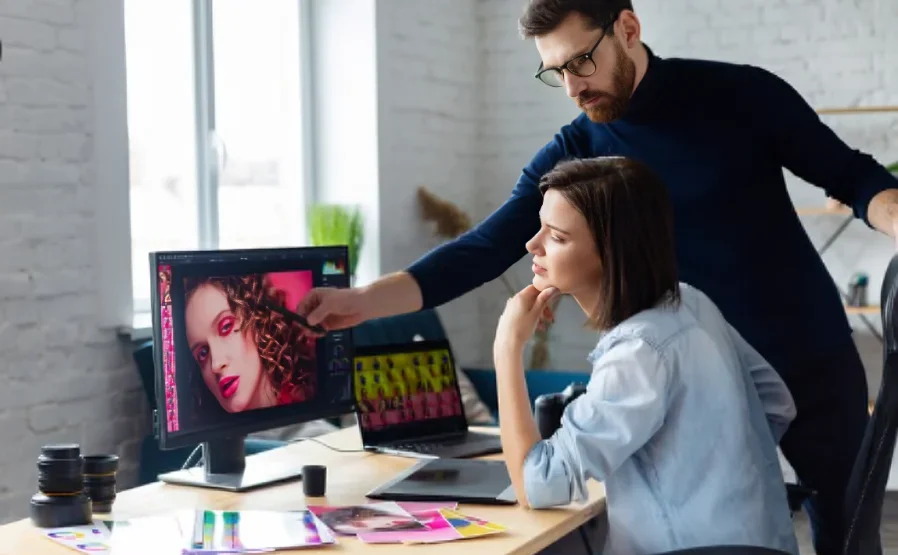
Speed and Efficiency in Content Creation
Perhaps the greatest benefit is speed. What used to take hours, or even days, can now be done in minutes. For businesses and creators, this means campaigns and projects move faster.
Imagine needing five unique ad graphics. Instead of waiting for drafts from a designer, you can generate dozens of options instantly, test them, and choose the best one. This efficiency can save companies thousands of dollars and countless hours.
Accessibility for Non-Designers
Not everyone is a skilled designer, and that’s where AI shines. With just a short description, anyone can create professional-quality visuals. Students can design illustrations for projects, bloggers can generate custom images for posts, and entrepreneurs can create product mockups with no design skills at all.
AI image generators make creativity democratic, open to everyone, regardless of technical background.
Common Use Cases of AI Image Generators
AI in Marketing and Branding
Marketing thrives on visuals, and AI is becoming a must-have tool. Companies use AI image generators for:
- Ad graphics that stand out
- Quick product mockups
- Prototyping logos or branding ideas
- Website visuals tailored to campaigns
For startups and small businesses, AI eliminates the need for big design budgets while still keeping their brand polished and professional.
AI for Social Media Content
On social media, visuals are everything. AI helps creators stay consistent with content by generating unique and eye-catching images quickly. Influencers use it for trendy posts, YouTubers for thumbnails, and everyday users for memes or artwork.
Since platforms like TikTok and Instagram reward frequent posting, AI tools give creators a competitive edge by speeding up production.
Challenges and Limitations of AI Image Generators
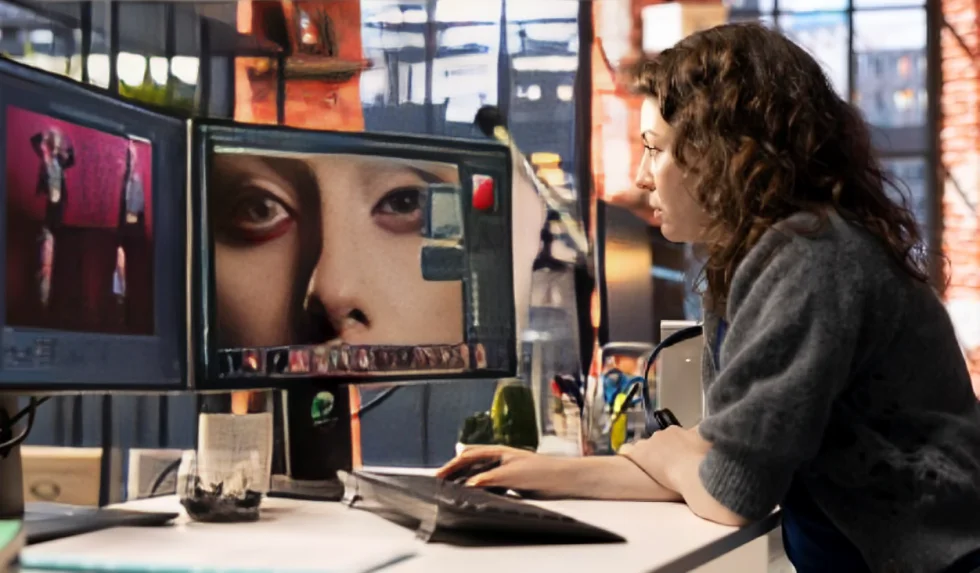
Accuracy and Quality Concerns
AI isn’t perfect. Sometimes, generated images can look strange, with too many fingers, odd proportions, or blurry details. While technology is improving fast, it still struggles with complex prompts or highly realistic results.
That’s why many professionals still prefer mixing AI with human editing to polish the final product.
Copyright and Ethical Issues
Another major limitation is copyright. Since AI models are trained on existing images, there are debates about whether the output is truly original. Some artists argue their work is being “borrowed” without permission. For those interested in exploring AI image creation without restrictions, some tools and platforms allow more creative freedom, as discussed in this detailed AI photo generator guide.
Ethics also play a role. For instance, creating deepfakes or misleading images can be harmful. As AI becomes more powerful, these issues will need stricter regulations and guidelines.
Tips for Creating High-Quality AI Images
Writing Effective Prompts
The quality of your results depends heavily on the prompt you write. Think of it as giving instructions to a designer; the clearer you are, the better the outcome.
Tips for strong prompts:
- Be specific: “A cyberpunk city at night with neon lights” is better than “a city at night.”
- Mention style: Say “in watercolor style” or “in the style of Van Gogh.”
- Add details: Colors, emotions, perspectives, or settings improve accuracy.
Choosing the Right Tool for Your Needs
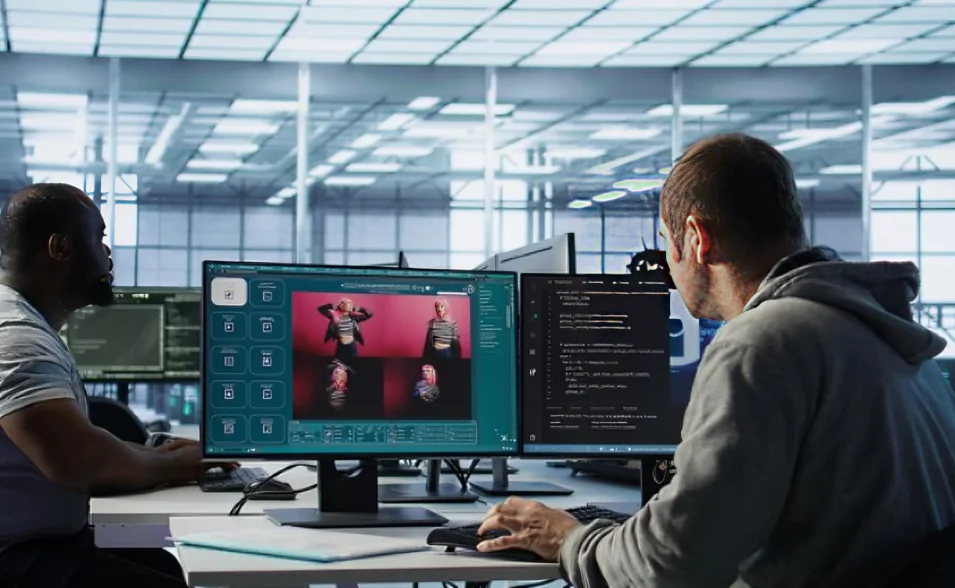
Not all AI generators are equal. Some are better for art, others for marketing or realistic photography. Before choosing a tool, ask:
- Do I need it for fun or business?
- Do I need high resolution?
- Will I use the images commercially?
Canva AI is perfect for quick and simple posts, MidJourney excels at producing professional-grade artwork, while Stable Diffusion offers the most flexibility for customization.
AI Image Generators vs. Traditional Graphic Design
Pros and Cons of AI Compared to Human Designers
AI advantages:
- Faster and cheaper
- Unlimited creativity
- Accessible to everyone
Human designer advantages:
- Emotional depth and storytelling
- Better attention to detail
- Original ideas not based on datasets
While AI is powerful, it lacks the human touch of creativity and emotion. The best results often come from combining both.
Can AI Replace Graphic Designers?
AI won’t completely replace designers, but it will change their roles. Instead of spending hours on repetitive tasks, designers can use AI for inspiration or quick drafts, then refine them with their expertise.
Think of AI as a co-pilot, great for speeding up the journey, but still needing a skilled driver to steer.
The Future of AI Image Generators
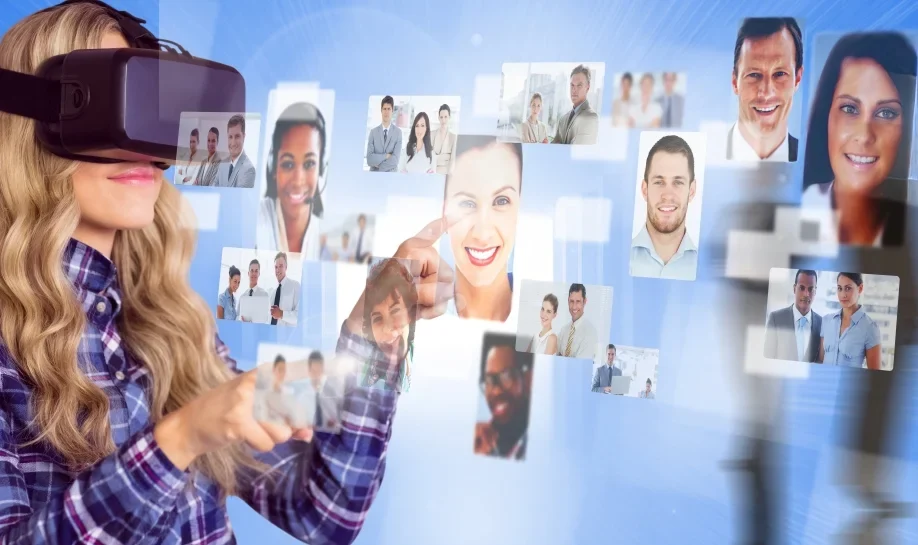
Predictions for the Next 5 Years
The next few years will likely bring:
- Hyper-realistic AI visuals that are indistinguishable from photos
- Better integration with video and 3D modeling
- Tools that generate entire campaigns, not just single images
AI will become as common as Photoshop, with everyone from students to CEOs using it daily.
How AI Will Shape Creative Industries
AI will reshape industries like marketing, entertainment, gaming, and even fashion. Designers may shift from creating everything manually to curating and refining AI-generated content. Creativity won’t disappear; it will evolve into new forms where humans and machines collaborate.
Conclusion
The AI image generator is more than just a fun tool; it’s a powerful shift in how we create and imagine. From students and hobbyists to businesses and professional designers, AI is opening new doors for creativity that were once unimaginable. For those looking to start creating their own AI-generated visuals, this guide on how to create AI images provides step-by-step tips and best practices.
While challenges like copyright and accuracy remain, the future looks bright. One thing is clear: AI image generators aren’t replacing creativity, they’re expanding it.
FAQs
- What is the best AI image generator in 2025?
MidJourney and Stable Diffusion are leading options, with Canva AI and DALL·E also popular for casual use. - Can I use AI-generated images commercially?
Yes, but only with tools that grant commercial rights (usually paid versions). Always check licensing terms. - Do AI image generators replace graphic designers?
No. They assist designers by saving time, but can’t fully replace human creativity and storytelling. - Are AI-generated images copyrighted?
This is a gray area. While outputs are original, they’re trained on existing data. Copyright laws are still evolving. - How do I get the best results from an AI image generator?
Write detailed prompts, specify style, and choose the right tool for your needs.










